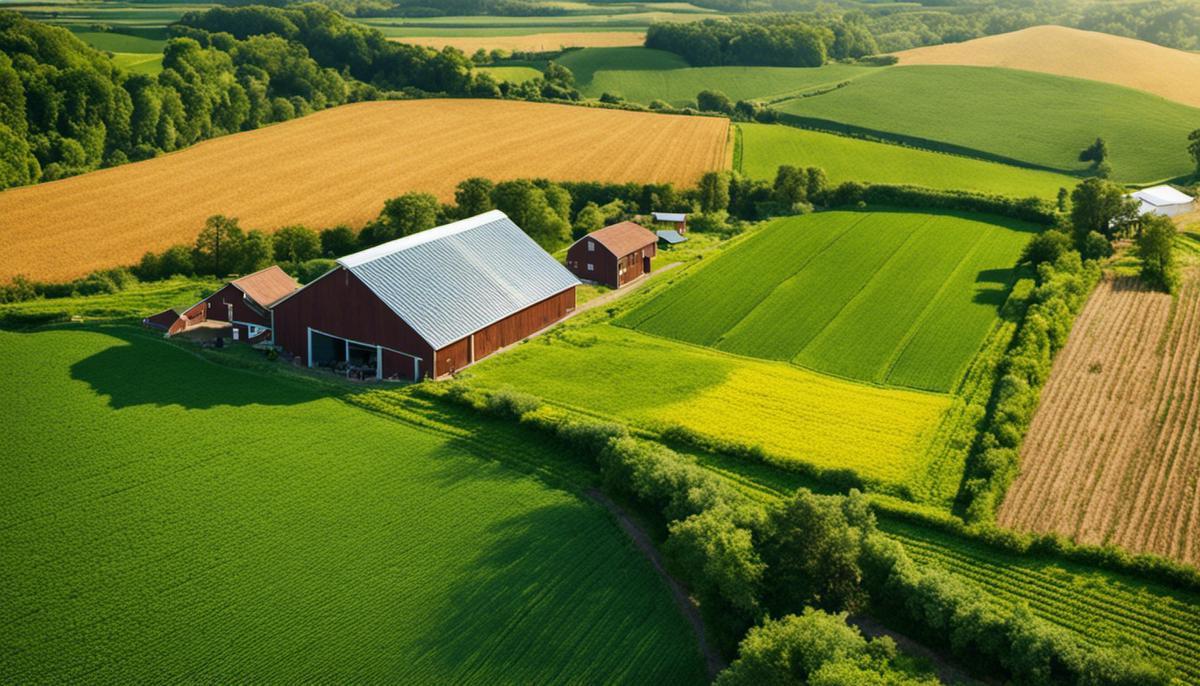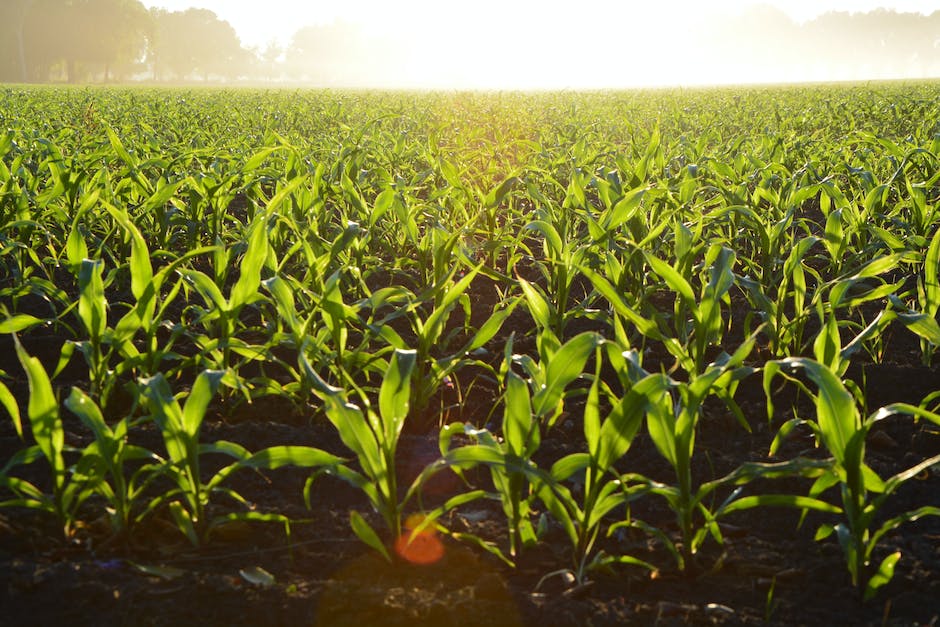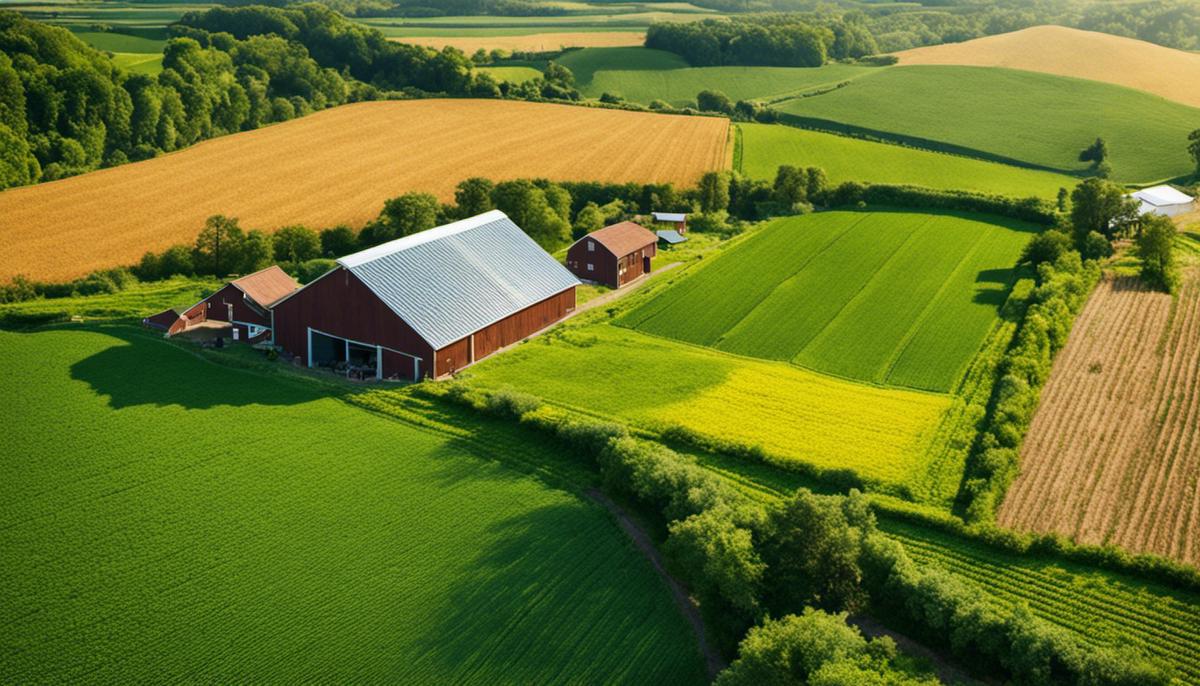
What is Regenerative agriculture?
Description: In the face of globally escalating ecological crises and the pressing demand for food security, there emerges a compelling need to explore sustainable solutions. One particularly promising approach is Regenerative Agriculture. This system of farming seeks to revitalize degraded soil, improve biodiversity, and importantly, quaintly capture carbon from the atmosphere to mitigate climate change. Through its holistic framework that integrates modern science and indigenous wisdom, regenerative agriculture presents a balancing act between human survival and environmental restoration. This discourse delves into the complex weave of principles, benefits, and real-world implementations of regenerative agriculture, setting the stage for an in-depth understanding of this transformative agricultural practice. Regenerative agriculture is a conservation-focused farming practice that takes a number of prescriptive approaches to enhance ecosystem health and resilience. The essential definition of this method stems from its objective to improve soil fertility, promote biodiversity, and replenish the nutrient content of the land while simultaneously yielding sustainable, high-quality agricultural products. Therefore, it is not merely a farming technique but a comprehensive environmental strategy that holistically addresses soil degradation, climate change, and the sustainable food supply crisis. This innovative approach is grounded in several guiding principles. Foremost is the increase of carbon-rich soil organic matter, drawing down atmospheric carbon dioxide and storing it in the ground. This not only combats global warming but also replenishes soil fertility, enhancing its water-holding capability and nutrient content. Moreover, principles like eliminating synthetic chemicals and disturbance (such as tillage), and fostering plant diversity are vital for the integrity of this method. The continuous covering of the soil, even with multi-species cover crops, prepares the soil to have an ample nutrient reservoir while maintaining its structure. Lastly, integrating livestock into farms underpins regenerative agriculture. Managed grazing systems induce maintaining healthy ecosystems and nutrient cycles. In doing so, the health and vitality of livestock, land, and the overall environment are ensured. Thus, regenerative agriculture goes beyond merely doing less harm—it makes vast strides towards repairing the destructiveness of conventional farming practices. While advancements are continuously being made, this systemic method towards land stewardship holds the promise of cultivating a more sustainable and resilient agricultural future. Delving further into the merits of regenerative agriculture, we discover a multitude of societal implications – some obvious and others, perhaps less so. Foremost among them is the potential for increased food yield and nutritional quality. Regenerative agriculture practices encourage the cultivation of diverse species and crops that can indeed increase the overall yield. Also, the nutrient-rich soil promotes the growth of healthier and more nutritious food. As the world battes food insecurity, this practice holds promise to be a reliable source for bountiful, nourishing produce. Beyond its contributions to food supply, regenerative agriculture can fortify rural society's economic stability. By employing organic, naturally occurring processes instead of relying on synthesized, often expensive chemicals, farmers can reduce their operational costs significantly. The requirement for continuous covering and the integration of livestock also provide opportunities for diversified income and risk dispersion. This economic stability often results in a vibrant rural community, thus persisting the cultural heritage of farming. Alongside benefiting the farmers, these practices may also lead to the affordable availability of healthier food options for consumers. Investigating the environmental implications reveals substantial mitigative impacts on climate change. By increasing the capacity of soils to sequester carbon, regenerative agriculture serves as a potent tool against the escalating threat of global warming. Furthermore, by catering to biodiversity and promoting ecosystem integrity, it reinstates natural checks and balances, resulting in disease-resistant crops and minimized pest outbreaks. Thus, this practice elicits a ripple effect of ecological benefits on a macroscopic scale, ultimately nurturing a sustainable planet. While vestiges of conventional agriculture and its harmful practices may still persist, there is optimism in the revolutionary shift towards regenerative agriculture. Achieving a balanced synthesis of human need and environmental integrity, it redefines the agricultural paradigm. Harnessing the principles of ecological sustainability, it offers a path towards a resilient, nourishing, and equitable future. Further investigation into the practical applications of regenerative agriculture provides useful and illustrative case studies. At the Thoreau Farm Trust in Massachusetts, a poignant demonstration of this responsible form of agriculture is evident. Here, a shift to regenerative practices turned marginally productive land into lush, verdant farmland capable of supporting a diverse array of crops. Notably, the Trust employs techniques such as rotational grazing, planting cover crops and allowing natural symbiotic relationships between plant species to flourish. This thoughtful approach of valuing the interrelation of all farm elements has resulted in increased soil health, significant yield improvements, and higher nutritional content of the produce. Across the globe, the Loess Plateau in China offers another compelling testimony of the transformative potential of regenerative agricultural practices. Once a severely degraded, dusty wasteland due to centuries of agricultural misuse and overgrazing, the Loess Plateau has metamorphosed into a fertile area after implementing regenerative farming practices for over a decade. The project, which involved the local community, enriched the soil through terracing, check dams, and agroforestry, ultimately leading to increased agricultural productivity, better food security, and greater economic prosperity. These concrete examples serve as windows into the benefits brought about by regenerative agriculture. Yet, they represent merely the tip of an iceberg. The increasing recognition and implementation of regenerative agriculture worldwide opens up new vistas of exploration. Concrete case studies like the aforementioned, substantiate the transformative power of regenerative agriculture not only on the farm ecosystem but also on the broader socio-economic landscapes. The transformative potential of regenerative agriculture cannot be overemphasized. Its principles and practices, firmly rooted in a holistic understanding of the ecosystem, promise a future of sustainable food production while simultaneously mitigating the impacts of climate change. A dive into its varied case studies from across the world underscores its adaptability and versatility. Thus, regenerative agriculture emerges as a beacon of resilience, radiating lessons for environmental stewardship and offering pathways to reconfigure our interactions with the natural world. Embracing and investing in regenerative agriculture is not merely an option but an imperative for building a sustainable and equitable future for generations to come.Concept and Principles of Regenerative Agriculture

Benefits and Impacts of Regenerative Agriculture
Case Studies and Practical Implementations of Regenerative Agriculture
